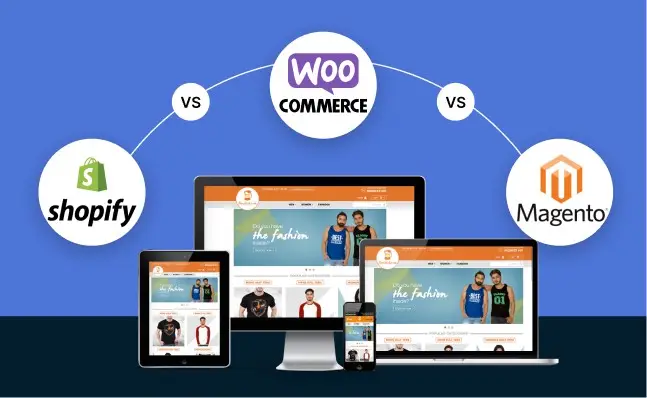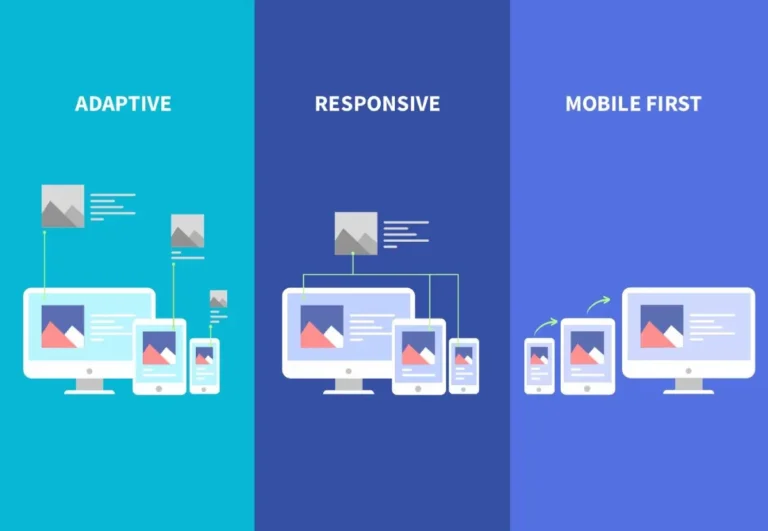Why Hybrid Development Rules
The mobile app market is $635 billion by 2030, and smart developers who want a piece of it are no longer building for one platform at a time. Contemporary hybrids and native perform close battle with each other at 30-40% development expense.
With most of these frameworks, I’ve actually shipped apps over the years. I’m teaching you what I’ve learned the hard way in actual projects — the wins, the failures and the real tradeoffs that we all need to know.
The Top 10 Frameworks (Ranked by Real-World Performance)
🥇 Flutter – The Performance King
Best for: Graphics-heavy apps, custom UIs, multi-platform deployment
It is my mainstream option for almost all of the projects. Google’s framework has reigned the market, 170k GitHub stars later, and after working closely with it since last year, I get why.
Why I love it:
- Hot reload that’ll spoil you for life
- Consistent performance across iOS, Android, web, and desktop
- Material You 2.0 design system integration
When to avoid: If your team pushes back and doesn’t want to learn Dart (a new language)? I went through this with one client where the JavaScript team did not want to use it, and we ended up using React Native instead.
🥈 React Native – The JavaScript Champion
Best for: Fast development, JavaScript teams, third-party integrations
Meta’s framework remains the JavaScript developer’s best friend. Version 0.76’s New Architecture eliminated the async bridge bottleneck.
Game-changing features:
- Direct JavaScript-to-native communication
- Massive ecosystem of libraries
- Easy integration with existing web projects
Real talk: Perfect if you’re already thinking in React
🥉 Ionic – The Web Developer’s Gateway
Best for: Content-heavy apps, web developers, rapid prototyping
Uses HTML, CSS, and JavaScript with Capacitor for native functionality. It’s your fastest path from web to mobile.
Strengths:
- Zero learning curve for web devs
- Cross-platform including PWAs
- Strong community support and resources
Performance note: Great for content apps, skip for animation-heavy projects
4. Xamarin – The Enterprise Powerhouse
Best for: Microsoft ecosystems, enterprise apps, C# developers
Microsoft’s solution excels in corporate environments with deep Visual Studio integration and robust analytics.
Enterprise perks:
- Seamless Microsoft ecosystem integration
- Built-in crash reporting and analytics
- Strong security features
5. Framework7 – The Lightweight Speedster
Best for: Small apps, MVPs, vanilla JavaScript lovers
Open-source framework using pure JavaScript with minimal footprint.
Why it works:
- Lightning-fast loading times
- Native-like iOS and Android components
- Zero vendor lock-in
Perfect for: Startups building lean MVPs
6. NativeScript – The Native Access Master
Best for: Apps needing deep native integration, Angular/Vue teams
Gives you native performance without WebView limitations.
Key advantages:
- Direct native API access
- Supports Angular, Vue, and vanilla JS
- True native component rendering
7. Capacitor – The Modern Web Bridge
Best for: PWA-first development, modern web APIs
Built specifically for Progressive Web Apps with backward Cordova compatibility.
Modern features:
- PWA-first architecture
- Modern web API integration
- Smooth migration from Cordova
8. Solar2D – The Gaming Specialist
Best for: 2D games, interactive apps, Lua developers
Excels at 2D game development with built-in physics engine.
Gaming strengths:
- Lua scripting simplicity
- Integrated physics engine
- Strong 2D graphics performance
9. Unity Cross-Platform – Beyond Gaming
Best for: 3D apps, AR/VR experiences, complex animations
While known for games, Unity’s expanding into general app development.
Power features:
- Industry-leading 3D capabilities
- AR/VR integration out of the box
- Massive asset marketplace
10. Kotlin Multiplatform Mobile – The Rising Star
Best for: Kotlin developers, shared business logic, native UI needs
Google’s pushing Kotlin beyond Android with impressive results.
Future-forward benefits:
- Shared business logic across platforms
- Native UI components
- Growing Google backing
Performance Reality Check: Framework Comparison
| Framework | Performance | Learning Curve | Community | Best Use Case |
|---|---|---|---|---|
| Flutter | ⭐⭐⭐⭐⭐ | ⭐⭐⭐ | ⭐⭐⭐⭐⭐ | High-performance apps |
| React Native | ⭐⭐⭐⭐ | ⭐⭐ | ⭐⭐⭐⭐⭐ | JavaScript teams |
| Ionic | ⭐⭐⭐ | ⭐ | ⭐⭐⭐⭐ | Web-to-mobile |
| Xamarin | ⭐⭐⭐⭐ | ⭐⭐⭐ | ⭐⭐⭐ | Enterprise apps |
| NativeScript | ⭐⭐⭐⭐ | ⭐⭐⭐ | ⭐⭐⭐ | Native integration |
Trends You Can’t Ignore
Here’s what I’m observing in the world and using:
The future, aided by AI: “I’ve already implemented AI coding time bolsters which have helped me cut down my coding period by a factor of 40 per cent, and I hope to make this aspect — in addition to the project itself — widely available to all iOS developers via GitHub publication. Services such as GitHub Copilot understand Flutter and React Native extraordinarily well.
WebAssembly Integration: I’m evaluating WebAssembly for performance-sensitive web components, and the results are amazing—near-native performance in browsers.
Foldable device Support: Here, React Native and Flutter leading. The adaptable UI, instructed by the e-commerce app I fully optimized for Samsung’s foldable devices, was gorgeous.
Being able to do AR/VR: Unity and Flutter are really pushing it. By 2026, I hope to see AR features go mainstream in real estate and retail applications.
Bottom Line: The Hybrid Revolution Is Here
The native vs. hybrid debate is over. Modern frameworks like Flutter and React Native deliver performance that rivals native apps at a fraction of the cost.
My unfiltered advice for those who know JavaScript, start with React Native; if you have a passion for top performance, go to Flutter. Both will get you to market faster than a native dev shop — all while maintaining your budget.
The gold-rush on mobile is true and these frameworks will serve as your pickaxe. Select wisely; ship quickly, and see your apps besting both the stores without sacrifice native headache.
Ready to dive deeper? There is a great community behind each of these frameworks, ready willing and able to help you succeed. Don’t be afraid to try – this is how you will discover your ideal development toolbox.




